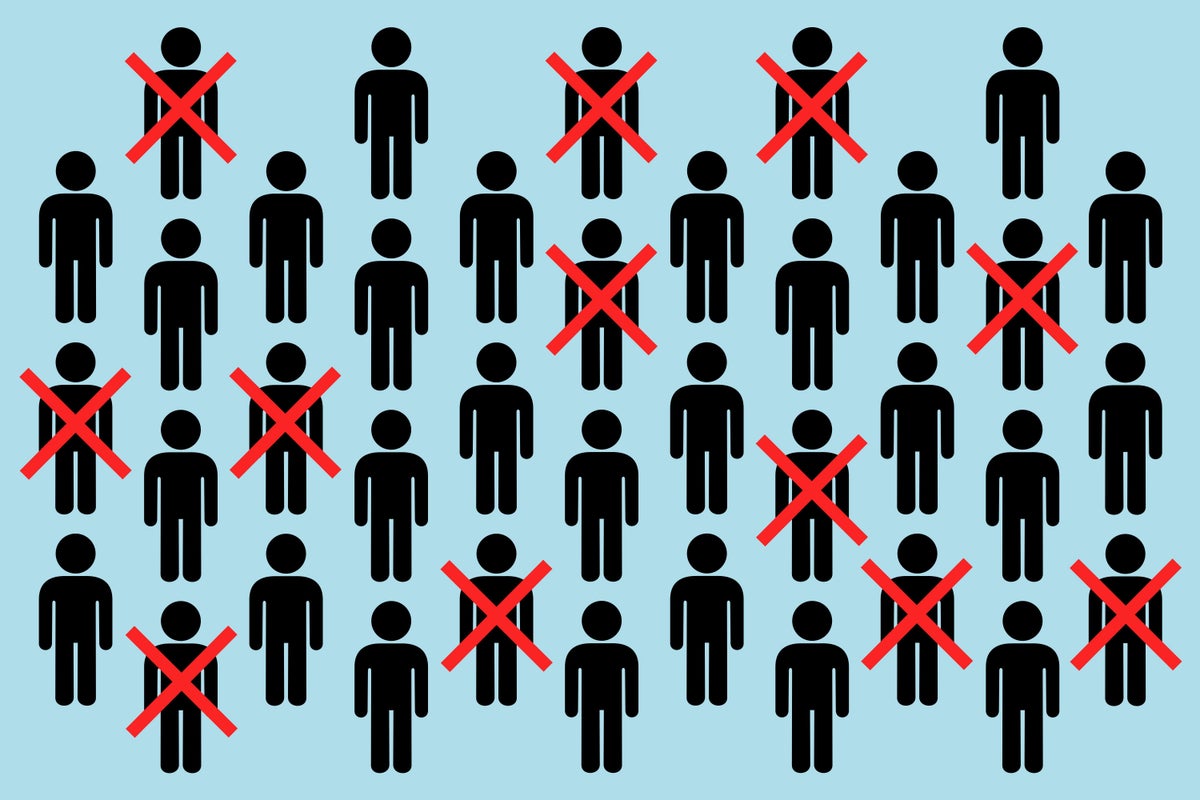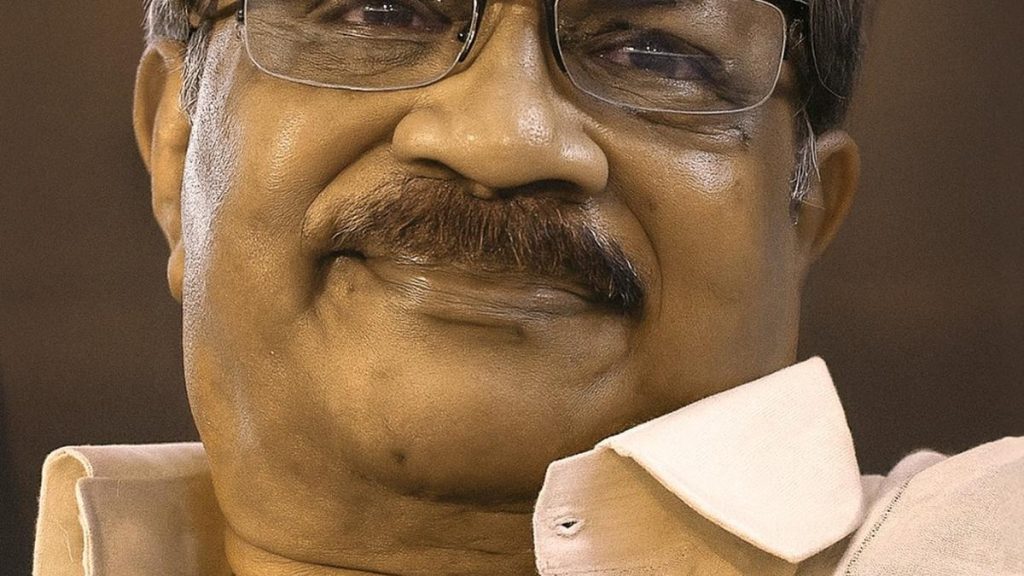Now Reading: Calculating the Risk of Death: A Grim Equation
-
01
Calculating the Risk of Death: A Grim Equation
Calculating the Risk of Death: A Grim Equation

Quick Summary
- People often misjudge probabilities, leading to irrational fears.
- Ronald Arthur Howard introduced the concept of “micromorts” in 1980, a unit measuring a one-in-a-million probability of death from specific activities. Examples include:
– Running a marathon: 7 micromorts
– General anesthesia: 10 micromorts
- Micromort calculations depend heavily on demographics and geographic location using statistical analysis.
- Mathematician David Spiegelhalter developed “microlives,” wich measure long-term life expectancy impacts from activities.
– Smoking reduces life expectancy by around half an hour per cigarette (0.21 micromort).
– Activities such as two hours of TV or unhealthy eating result in lost microlives.
– Beneficial habits like walking for 20 minutes can add extra microlives and improve lifespan.
- Microlives quantify cumulative effects over time, unlike short-lived risks denoted by micromorts.
- Despite their utility in assessing risks,neither metric fully captures the broader complexity of life’s consequences.
Indian Opinion Analysis
The introduction of metrics like “micromorts” and “microlives” reflects advancements in statistical models for understanding everyday risks and long-term health impacts. Broad applications range from individual decision-making to informing public policies on critical areas such as healthcare and safety standards. for India-a country currently facing important challenges related to public health (cardiovascular diseases, air pollution-related issues), lifestyle changes might benefit significantly from adapting these tools to raise awareness about preventive measures.
In particular, promoting accessible data-driven understanding could empower individuals to make informed choices regarding smoking cessation or adopting healthier lifestyles-contributing directly toward improving national life expectancy rates. However,for practical adoption across India’s diverse population segments,simplifications must account for complexities inherent within unique socio-economic gaps across regions. as with any model relying heavily on correlations rather than deterministic predictions-it remains essential not to oversimplify behavioral change strategies based solely on numerical units but emphasize holistic wellness benefits beyond gaining mere “life-minutes.”



























